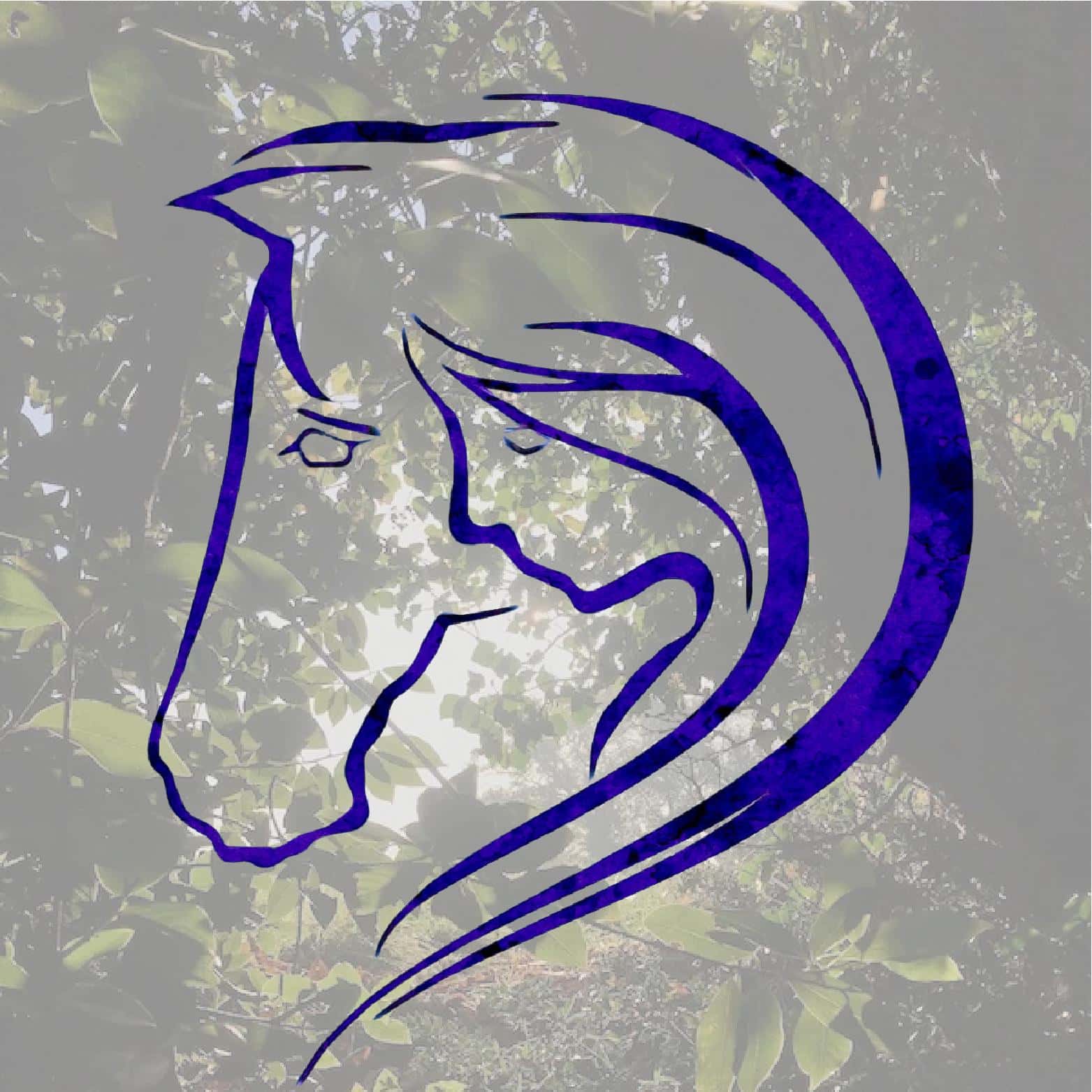Engagement for a horse is similar to when a dolphin leaps through the sea using their postural ring.
The postural ring is a combination of postural muscles which brings the horse into an arching frame and boosts their elevation, so their paces become higher from the ground and more shock absorbing.
This gives them more quality and therefore more beauty. True engagement brings out beauty in any horse, from a cob to a carthorse.
The only way to engage a horse when you are riding is to simultaneously straighten them and connect with them by engaging your own postural ring.
When a horse is moving in engagement they stretch their neck up and out in a telescoping shape that cannot be created from the rein contact.
The height of the horse’s neck depends on the level of their development.
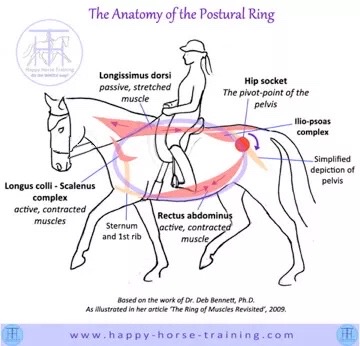
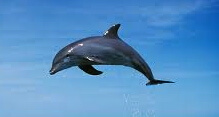
A Typical Training Process
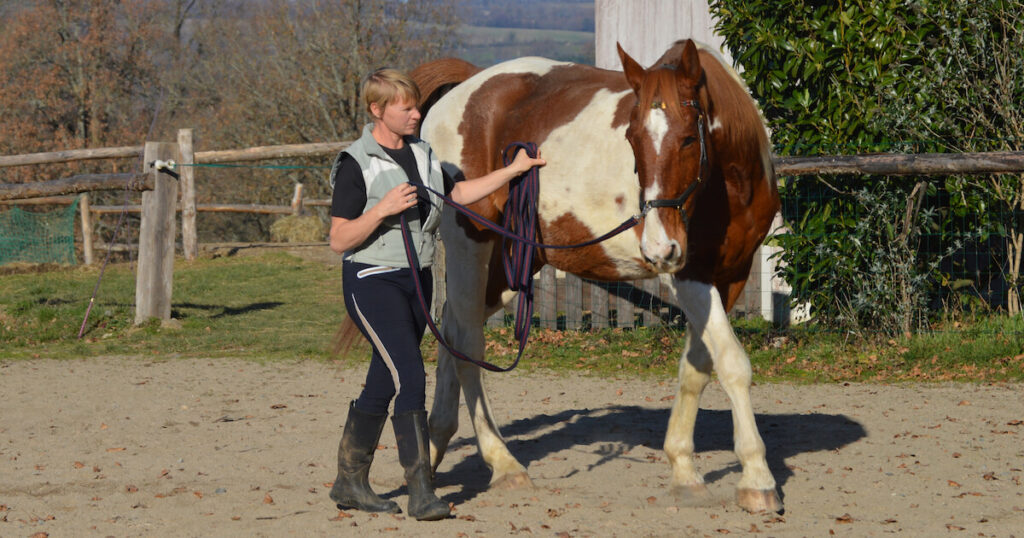
Traditionally strengthening the horse’s postural ring begins on the ground without a rider. There is a gentle and patient process of introducing straightness to the horse on the lunge.
When a horse moves with enough lateral alignment of their hind-quarters, torso, shoulders and neck, they will naturally stretch into the longitudinal alignment of engagement.
Gradually the horse will begin to use their postural muscles and carry themselves with greater elevation. The horse will make a parabolic shape which starts very low and can gradually become shorter and higher with strength. This work will prepare a horse for the weight and the feel of a rider. The weight aiding necessary to straighten a horse in order to engage them is counter-intuitive because the rider wants to compensate for the horse’s crookedness.
It is not possible to engage a horse by pulling their head into a rounded shape, or fiddling with their mouth in any way.
All horses and riders are unique and there are many factors which make engagement less likely to happen by chance. There is a series of necessary stages which need to be achieved to a competent enough level to succeed. I believe this is why authentic engagement in a horse and rider is rare. The main stages are as follows:
Stages Towards Engagement
- Implementation of the green-light seat.
This means the pelvic alignment which sits the rider on the back of the seat-bones. This allows the riders seat to move with the horses movement and is most comfortable for the horses back. A horse can both go forward and lift their back under such a seat.
- Implementation of balancing weight.
The rider has to avoid slipping into the place where the horse’s natural balance puts them. This is counterintuitive and demanding at first. Once the rider understands the true bend and how to sit evenly to bring the horse into evenness, it all makes sense and feels very secure. This is also the way to make it possible for the horse to listen to subtle postural aids to slow down, stop, go forward and sideways etc..
- Implementation of postural leverage.
Postural leverage is the dynamic created when the rider uses their postural ring. The pelvis must remain tucked, the back flat and the shoulders down. The lower leg comes underneath so the rider is balanced in a standing rather than sitting equilibrium. The lower leg can then aid forward not back and melt into the horse’s diaphragm. This posture has its own leverage which connects with the horse and lifts them into a reciprocal leverage which cadences the paces and harmonises their body.
Learn more about Engagement
Note that all of these postural elements are mirrored by the horse. A hollow backed rider for example cannot expect a horse to lift their back. They are all also quite unnatural feeling at first. This is most likely because they are contrary to the horses natural straightness, and the rider’s natural defensive posture. Once enough physiological conditioning is in place however, it feels good to both horse and rider. This is because as one new being there is a mutual balance from mutual straightness.
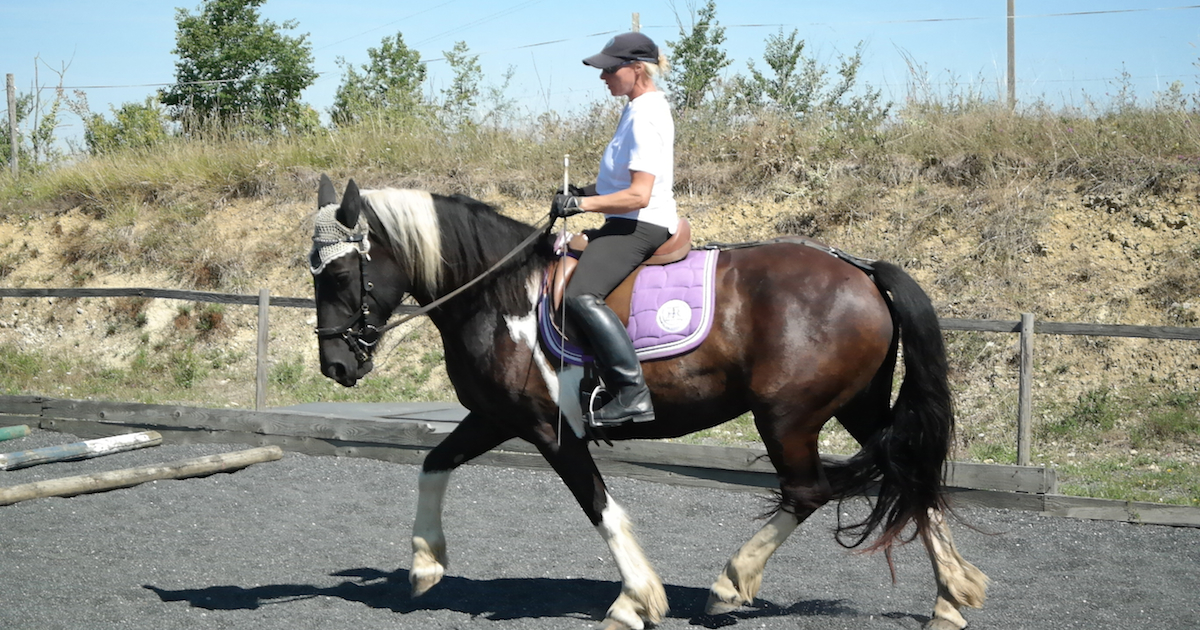
Engagement is a partnership between horse and human. It is a physiological state of being which is not conditioned through force or treats, but practiced and developed as an art.
Because it is an expression of straightness and balance, it has a harmonising effect which is highly therapeutic for horse and human.
Continuing to Evolve
It is also our opportunity, and joy, to continue moving forward and progress in all ways. I see this collaboration with horses as a never ending process of opening and receiving. As I move forward, I remember not to appreciate the previous steps and phases that helped me to grow. I do believe that the only right way is what our own heart is telling us, and that is unique and personal.
I decided with my own herd, to fill in some of those gaps when I felt the doing was taking over from the feeling. So we undertook our project of pure energetic dialogue. This doesn’t invalidate in any way (in my mind) those who continue to train and discover and expand in that way, and I love to ride other horses in different situations.
